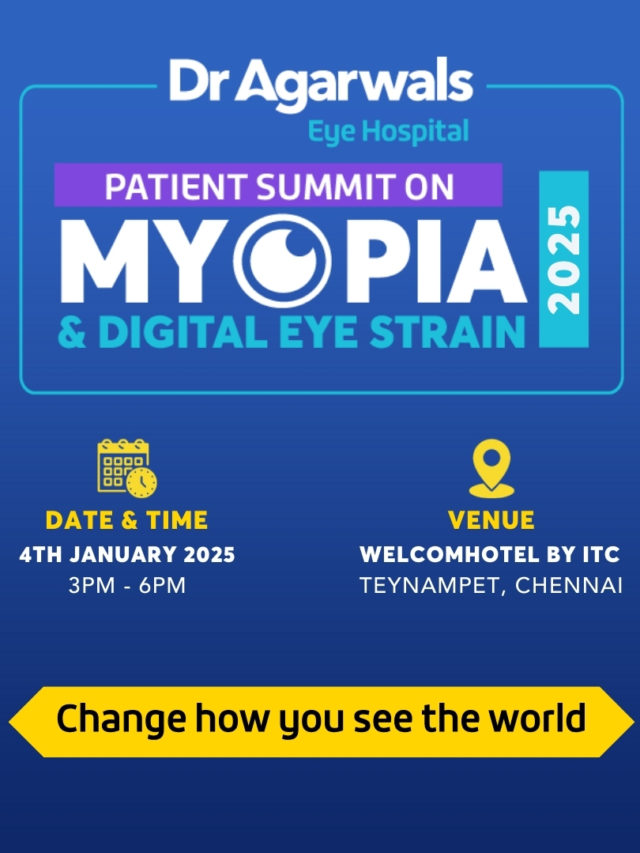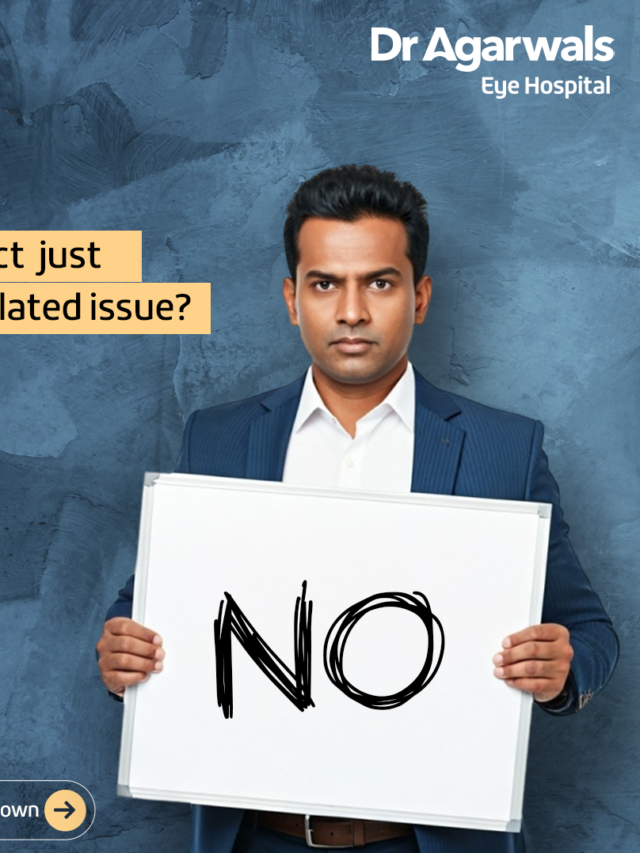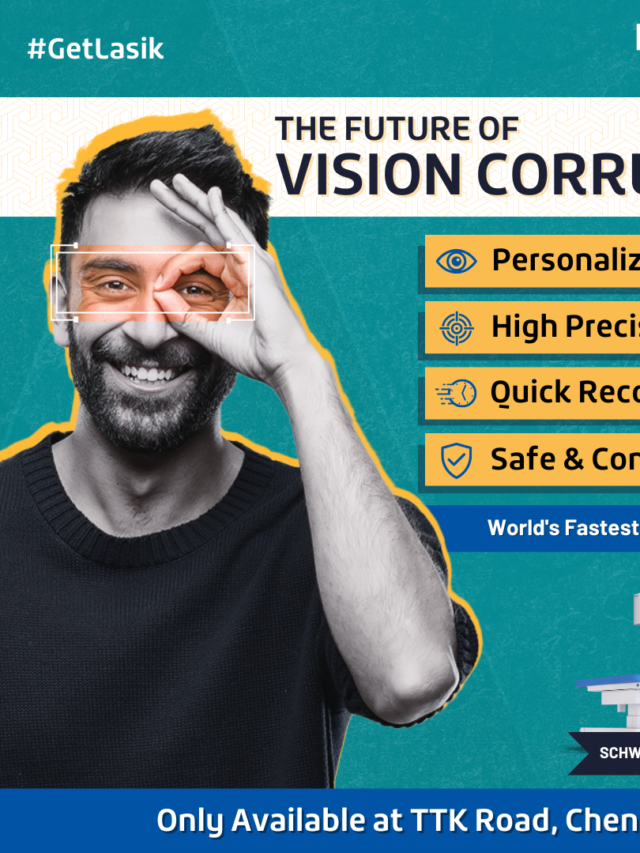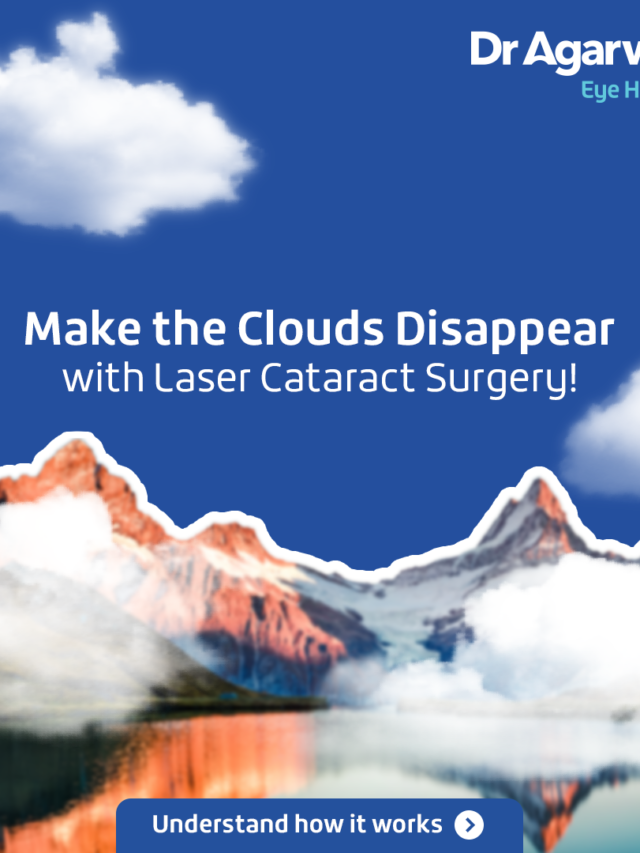An eye stroke is a serious condition that occurs when the blood supply to the retina is interrupted, leading to sudden vision problems or loss. Just as a stroke affects the brain, an eye stroke affects the retina’s blood vessels, cutting off oxygen and nutrients required for healthy vision. Because damage can become permanent if not treated quickly, recognising early eye stroke symptoms and knowing available treatment options is essential.
This article explores the causes, symptoms, diagnosis, treatment, and prevention of eye stroke, helping you understand how to protect your eyesight and when to seek urgent medical care.
What is an Eye Stroke?
An eye stroke occurs when blood flow through the retinal blood vessels is blocked, preventing oxygen from reaching the retinal tissue. The retina is responsible for processing light and sending visual signals to the brain. Without oxygen, cells begin to die, leading to sudden vision changes.
Eye stroke is considered a medical emergency. Early detection and intervention can sometimes restore partial vision and prevent further damage. However, untreated cases often lead to significant or permanent vision loss.
What Are the Types of Eye Strokes?
Retinal Artery Occlusion
Retinal artery occlusion (RAO) happens when a blood clot or plaque blocks the central retinal artery or one of its branches. It is often compared to a “stroke in the eye.” Patients typically experience sudden, painless vision loss in one eye. Risk factors include cardiovascular disease, high cholesterol, and smoking.
Retinal Vein Occlusion
Retinal vein occlusion (RVO) occurs when the veins carrying blood away from the retina are obstructed, leading to fluid build-up and swelling. Vision loss may develop suddenly or gradually. RVO is strongly associated with high blood pressure, diabetes, and clotting disorders.
Symptoms of Eye Stroke
Sudden Vision Loss
One of the most alarming signs of an eye stroke is sudden, painless vision loss in one eye. This may range from complete blindness to partial vision loss, often occurring without warning.
Floaters and Blurriness
Patients may also notice floaters and blurriness in their field of vision. Floaters are small shapes or spots drifting across the sight, caused by bleeding or fluid leakage within the eye.
Vision Changes Over Time
Some people with eye stroke experience gradual vision changes, such as distorted vision, dimming, or patchy blind spots. These symptoms may worsen without treatment, leading to long-term complications.
Causes and Risk Factors
Blood Clots and Plaque
The most common cause of eye stroke is blockage of blood vessels by blood clots and cholesterol plaque. These blockages prevent oxygen from reaching the retina, similar to how clots cause brain strokes.
High Blood Pressure
High blood pressure damages blood vessel walls, increasing the risk of both artery and vein occlusions. Hypertension is a leading factor behind retinal vein occlusion and must be carefully managed to prevent eye strokes.
Diabetes and Cholesterol
Diabetes and high cholesterol are major contributors to retinal blood vessel damage. Poorly controlled diabetes weakens vessels, while high cholesterol promotes plaque build-up, both raising the likelihood of occlusions and eye stroke.
Diagnosing an Eye Stroke
Eye Examination
An ophthalmologist begins with a thorough eye test, checking for changes in retinal blood vessels, swelling, or bleeding. Vision tests help measure the extent of vision loss.
Optical Coherence Tomography (OCT)
Optical coherence tomography (OCT) is a non-invasive imaging test that provides cross-sectional images of the retina. It helps detect swelling, macular oedema, and structural damage caused by eye stroke.
Fluorescein Angiography
In fluorescein angiography, a dye is injected into the bloodstream, and photographs are taken as it travels through retinal vessels. This test highlights blockages, leakages, or abnormal blood vessel growth.
Treatment for Eye Stroke
Medications for Clots
For retinal artery occlusion, doctors may prescribe clot-dissolving drugs or anticoagulants to restore blood flow. In some cases, medication to lower eye pressure is used to improve circulation and oxygen delivery.
Laser Treatment
In retinal vein occlusion, laser therapy may be applied to reduce abnormal vessel growth and prevent further bleeding. Focal laser treatment is also used to address macular oedema associated with eye stroke.
Hyperbaric Oxygen Therapy
Hyperbaric oxygen therapy (HBOT) delivers high concentrations of oxygen in a pressurised chamber, which may improve oxygen supply to the retina. While not widely available, it has shown promise in some patients with acute eye stroke.
Potential Complications of Eye Stroke
Macular Edema
Macular edema is the swelling of the central retina, leading to blurred or distorted central vision. It is a common complication of retinal vein occlusion and often requires ongoing treatment.
Neovascularization
After an eye stroke, new abnormal blood vessels may form, a process called neovascularization. These vessels are fragile and prone to bleeding, increasing the risk of glaucoma or retinal detachment.
Vision Loss
If untreated, an eye stroke can result in permanent vision loss. Even with treatment, some patients may not regain full vision, underscoring the importance of early diagnosis and intervention.
Preventing Eye Stroke
Healthy Lifestyle
Adopting a healthy lifestyle significantly lowers the risk of eye stroke. This includes eating a balanced diet, exercising regularly, quitting smoking, and controlling blood pressure, cholesterol, and blood sugar levels.
Regular Eye Exams
Routine eye examinations are vital for detecting early retinal changes, especially in individuals with diabetes, hypertension, or cardiovascular disease. Early detection allows for preventive steps before a stroke occurs in the eye.









